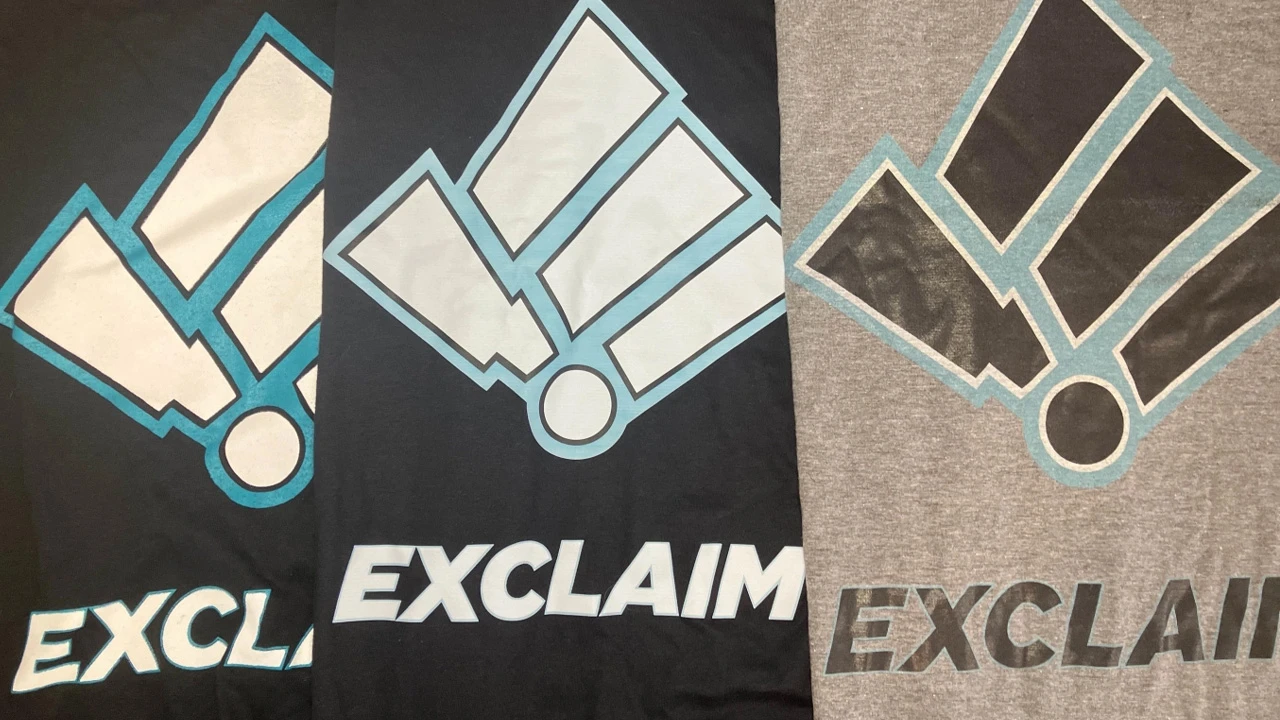Why We Switched to Direct to Film as our Primary Print Method
Embracing the Future: Why We Transitioned to DTF Printing
For over two decades, we’ve been in the business of creating custom-branded apparel, starting our journey with traditional screen printing. For a long time, screen printing was the clear winner for large batch orders, producing vibrant, durable prints at a reasonable price for high-volume runs. However, for smaller or one-off orders, screen printing just couldn’t deliver the flexibility we needed to serve every client.
As the market evolved, so did the technology. From vinyl transfers to Direct-to-Garment (DTG) printing, we’ve always explored emerging methods to ensure we deliver the best possible product to our clients. DTG was a game-changer for smaller, on-demand orders, allowing for detailed prints in small batches. But like every method before, DTG came with its own set of challenges—especially when it came to production speed and certain fabric limitations.
The Arrival of DTF: A Game-Changer for Custom Apparel
Over the last few years, a new technology—Direct to Film (DTF)—emerged on the scene. DTF offers a combination of flexibility and vibrancy that we hadn’t seen in any of the previous methods. With DTF, we’re able to:
- Print on a wider variety of fabrics (not just cotton, but also synthetics and blends)
- Achieve vibrant colors and sharp details on any fabric, including dark garments
- Provide faster production times compared to traditional screen printing or even DTG
DTF also eliminates the need for pre-treatment, which DTG required to ensure the ink adhered properly to fabrics. This makes DTF more efficient and cleaner in terms of production.

Left - Screen Printing
Center - Direct-to-film (DTF) - our new preferred printing method for print-on-demand stores and orders
Right - Direct-to-garment (DTG) - our previous print-on-demand method
Why We Made the Switch
Although we were initially hesitant to embrace DTF due to our deep investment in screen printing and DTG equipment, and concerns over early chemical formulations in DTF, the most recent advancements have addressed those issues. This past summer, we invested in new DTF equipment and fine-tuned our printing process to align with our standards of quality.
Now, DTF offers a superior balance between:
- Speed: Faster production times without compromising on quality
- Versatility: The ability to print on almost any fabric with unmatched detail
- Cost Efficiency: Lower setup costs, making it great for both bulk and small orders

What This Means for you
By switching to DTF, we’re offering our clients an improved service:
- Faster Turnarounds: Whether you’re ordering in bulk or just one shirt, our new DTF process delivers quicker results without sacrificing quality.
- Greater Customization: With DTF, the range of colors and fabric compatibility has expanded, so you can choose from a wider array of materials and design options for your apparel.
- Eco-Friendly Options: We’ve refined our DTF process to ensure that it aligns with our commitment to sustainability. The use of water-based inks and reduced waste makes this method more eco-friendly than traditional printing methods.
DTF has allowed us to streamline our operations and offer even more flexibility to our clients. Whether you’re a business looking to create custom uniforms, a team in need of branded apparel, or an individual designing a one-off t-shirt, our DTF process delivers the vibrant, detailed, and durable prints you expect.
Ready to Experience the Difference?
We’re excited to bring this new technology to our clients and are confident it will enhance your experience with us. Explore our DTF options today and see how we can help bring your designs to life, faster and better than ever.